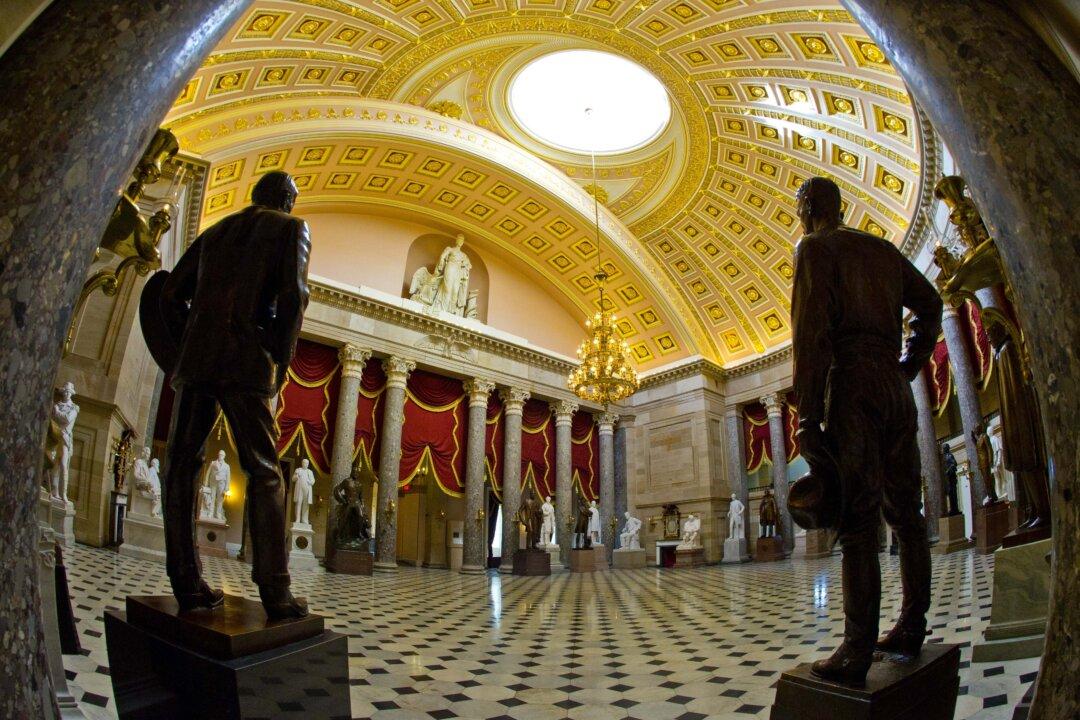On the quick walk from my office to the House floor to vote, I paused a moment in Statuary Hall, my favorite room in the Capitol building. The room once served as the meeting place for the U.S. House of Representatives, back when there were fewer representatives and each member’s desk could fit in the grand space. An early example of Greek revival architecture, Statuary Hall is encircled by 38 marble columns. Statues of famous Americans span the perimeter.
As a congressman, I enjoy taking guests on tours of the Capitol. On those tours, I spend most of the time in Statuary Hall because the room has so much to offer, from history to constitutional lessons.




